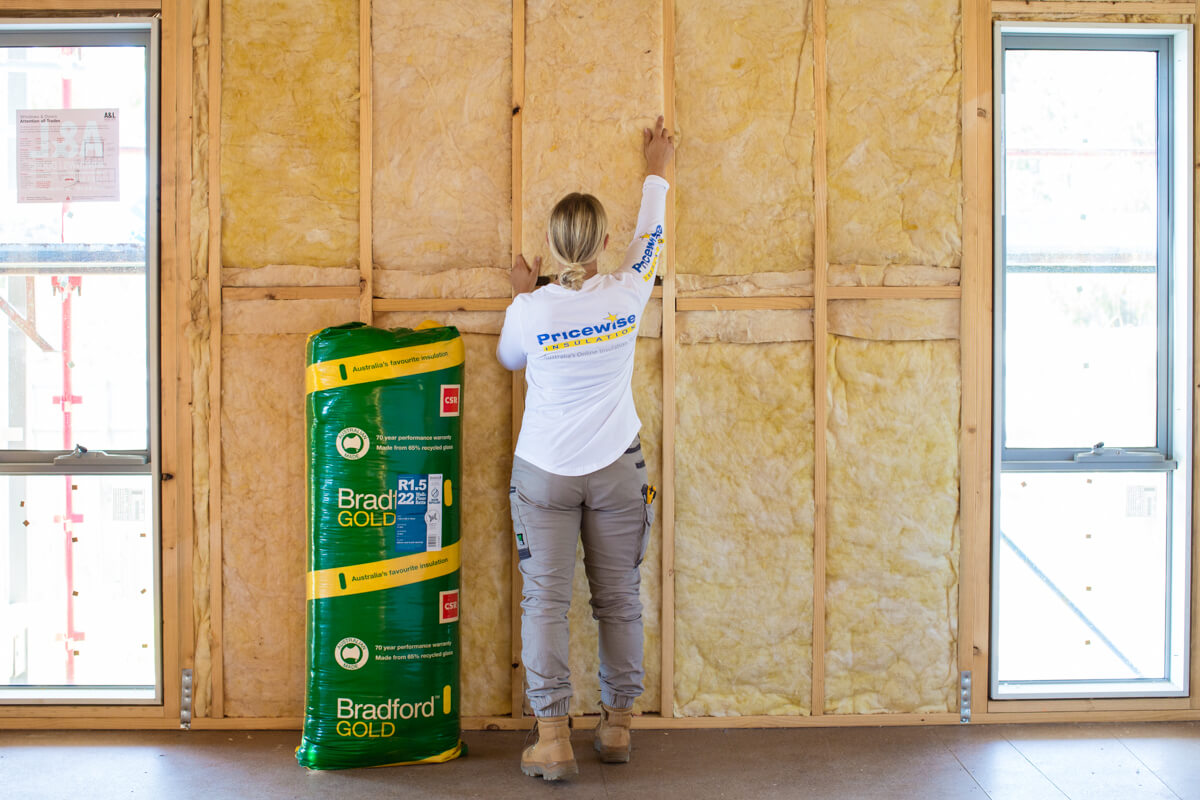

Articles
How To Improve Insulation In House
Modified: October 31, 2024
Looking for articles on how to improve insulation in your house? Discover effective tips and techniques to make your home more energy efficient and comfortable.
(Many of the links in this article redirect to a specific reviewed product. Your purchase of these products through affiliate links helps to generate commission for Storables.com, at no extra cost. Learn more)
Introduction
Welcome to our comprehensive guide on how to improve insulation in your house. Insulation plays a crucial role in maintaining a comfortable indoor environment and reducing energy consumption. By properly insulating your home, you can keep it warm in the winter and cool in the summer, while also lowering your heating and cooling costs.
In this article, we will delve into the importance of insulation, how to assess your current insulation, and provide practical tips on improving insulation in various areas of your house. Whether you’re a homeowner looking to make your property more energy-efficient or a renter looking to enhance the comfort of your living space, this guide will provide you with the knowledge and strategies you need to achieve your insulation goals.
Before we dive into the specifics of improving insulation, let’s first understand why it is so important. Insulation acts as a barrier that reduces the transfer of heat between the interior and exterior of a building. By minimizing heat transfer, insulation helps to maintain a stable and comfortable temperature inside your home.
Not only does proper insulation enhance comfort, but it also has an impact on energy consumption and cost savings. Heating and cooling account for a significant portion of residential energy use, and a well-insulated home can significantly reduce the need for excessive heating and cooling. By reducing your energy consumption, you can also lower your utility bills and contribute to a greener and more sustainable environment.
Now that you understand the importance of insulation, let’s move on to the next step: assessing your current insulation. This step is crucial because it will help you identify any areas of your house that may be lacking in insulation or that require improvement. Understanding your starting point will guide your insulation efforts and ensure that you focus on the areas that need the most attention.
So, let’s get started with assessing your current insulation and begin your journey to a more energy-efficient and comfortable home!
Key Takeaways:
- Proper insulation is essential for energy efficiency, comfort, and environmental impact. By assessing, identifying, and improving insulation in various areas of your home, you can create a more sustainable and enjoyable living space while reducing energy consumption and costs.
- Sealing air leaks, upgrading windows and doors, insulating attics, walls, floors, pipes, ducts, and considering insulated curtains or blinds are practical strategies to enhance insulation and energy efficiency in your home. These steps contribute to increased comfort, reduced energy consumption, and a greener, more sustainable future.
Understanding the Importance of Insulation
Insulation is an essential component of any home, playing a vital role in keeping your indoor environment comfortable and energy-efficient. It acts as a barrier that helps regulate the transfer of heat, keeping the hot air out during summer and the cold air out during winter. By reducing heat flow, insulation helps maintain a consistent and comfortable temperature within your home.
There are several key reasons why insulation is important:
- Energy Efficiency: Insulation plays a significant role in reducing energy consumption. When your home is properly insulated, you can reduce the amount of energy needed to heat and cool your living space. This translates into lower utility bills and cost savings in the long run.
- Comfort: A well-insulated home provides a more comfortable living environment. By preventing drafts and temperature extremes, insulation helps maintain a consistent temperature throughout your home. It keeps you warm in colder months and cool during summer, ensuring that you and your family are comfortable year-round.
- Noise Reduction: Insulation not only helps control temperature but also acts as a sound barrier. It can significantly reduce noise transmission through walls, floors, and ceilings, providing a quieter and more peaceful living space. This is especially beneficial if you live in a noisy neighborhood or have rooms where sound insulation is necessary, such as home offices or media rooms.
- Condensation Prevention: Insulation also helps prevent condensation within your home. When warm, moist air comes into contact with cold surfaces, condensation can occur, leading to mold and mildew growth. Proper insulation helps maintain a balanced indoor humidity level, preventing condensation and the associated problems.
- Environmental Impact: By reducing energy consumption, proper insulation contributes to a greener and more sustainable environment. Less energy usage means a reduced carbon footprint and a smaller impact on natural resources. Insulating your home is a step towards eco-friendly living and supporting sustainability efforts.
Understanding the importance of insulation is the first step towards making your home more energy-efficient and comfortable. By investing in quality insulation, you can reap the benefits of reduced energy bills, increased comfort, noise reduction, condensation prevention, and a positive environmental impact. So, let’s move on to the next step: assessing your current insulation to identify areas that need improvement.
Assessing Current Insulation
Before you can improve the insulation in your house, it’s important to assess the current insulation and identify areas that may need improvement. This step will help you determine which areas of your home require attention and allow you to prioritize your insulation efforts.
Here are some key steps to assess the current insulation in your home:
- Inspect Walls, Ceilings, and Floors: Take a close look at the walls, ceilings, and floors of your home. Look for any visible signs of insulation, such as fiberglass batts, cellulose insulation, or foam boards. Pay attention to areas where insulation may be lacking or damaged, such as corners, joints, and gaps around pipes and outlets.
- Check Attic Insulation: Inspecting the attic is crucial since it is one of the primary areas where heat loss or gain occurs. Look for the presence and thickness of insulation in the attic floor. The recommended insulation level for attics is typically between R-38 and R-60, depending on your climate zone.
- Examine Window and Door Frames: Inspect the frames around windows and doors. Look for any gaps or drafts that may indicate insufficient insulation. Check for weatherstripping and caulking around windows and doors, as these can contribute to energy loss if worn or damaged.
- Assess Ductwork Insulation: Locate the ductwork in your home, such as in the attic, basement, or crawl spaces. Check if the ducts are insulated properly. Insulated ducts help maintain the temperature of the air being distributed throughout your home, reducing energy waste.
- Consider Energy Audits: If you’re unsure about the quality of your insulation or want a more thorough assessment, consider hiring a professional energy auditor. They can conduct a comprehensive evaluation of your home’s insulation, detect hidden air leaks, and provide recommendations for improvement.
By assessing your current insulation, you’ll have a clearer understanding of the areas that need attention. This knowledge will guide your insulation improvement efforts and help you make informed decisions about the most effective solutions to implement.
Now that you’ve assessed your current insulation, you’re ready to move on to the next step: identifying problem areas that require improvement. In the following sections, we’ll explore various problem areas and provide practical tips for improving insulation throughout your house.
Identifying Problem Areas
Once you have assessed the current insulation in your home, the next step is to identify specific problem areas that require improvement. Identifying these areas is crucial because it allows you to focus your insulation efforts where they are needed most, maximizing the effectiveness of your insulation upgrades.
Here are some common problem areas to look out for:
- Drafty Windows and Doors: Check for drafts around windows and doors. Feel for any air movement or use a candle flame to detect airflow. Drafts can significantly impact your home’s energy efficiency by allowing hot or cold air to enter and escape. Caulking, weatherstripping, or upgrading to energy-efficient windows and doors can help mitigate these drafts.
- Uninsulated or Underinsulated Attics: Inadequate insulation or lack of insulation in the attic can result in significant heat loss or gain. Check the thickness and condition of insulation in your attic. Insulate or add more insulation to meet recommended attic insulation levels for your climate zone.
- Insufficient Wall Insulation: Walls are another area where heat loss or gain can occur. Check the insulation in the exterior walls, especially in older homes where insulation may be inadequate. Consider adding insulation to the walls, such as blown-in insulation or foam insulation, to improve energy efficiency.
- Crawl Spaces and Basements: Inspect the insulation in crawl spaces and basements, as these areas are often prone to moisture and temperature fluctuations. Adequate insulation in these areas helps prevent heat loss and moisture-related issues. Consider insulating the crawl spaces and adding insulation to basement walls to improve energy efficiency.
- Exposed Pipes and Ductwork: Exposed pipes and ductwork can lead to heat loss or gain. Insulate hot water pipes and HVAC ductwork to prevent energy waste. Insulating these components can also reduce the risk of pipe freezing or condensation issues.
By identifying problem areas, you can prioritize your insulation efforts and address the specific areas that need improvement. This targeted approach ensures that your resources are used efficiently and effectively, leading to optimal energy savings and improved comfort in your home.
In the following sections, we will explore practical tips for improving insulation in these problem areas, helping you create a more energy-efficient and comfortable living environment.
Seal Air Leaks
One of the most effective ways to improve insulation in your house is by sealing air leaks. Air leaks can significantly impact energy efficiency by allowing warm or cool air to escape and outside air to enter your home. By sealing these leaks, you can prevent energy waste and create a more comfortable living environment. Here are some steps to help you seal air leaks:
- Identify Air Leaks: Start by inspecting your home for air leaks. Common areas where air leaks occur include windows, doors, electrical outlets, switch plates, baseboards, and attic hatches. Look for gaps, cracks, and areas where you feel drafts.
- Weatherstripping: Install weatherstripping around doors and windows to create a tight seal. Weatherstripping comes in various forms, such as adhesive strips, door sweeps, and window sealants. Choose the appropriate type for each specific area to ensure a proper seal.
- Caulking: Use caulk to seal gaps and cracks around windows, door frames, and other areas where air might leak. Silicone or latex-based caulks are commonly used for this purpose. Carefully fill in the gaps, ensuring a complete seal to prevent air infiltration.
- Seal Electrical Outlets and Switch Plates: Electrical outlets and switch plates can be hidden sources of air leaks. Install foam gaskets or use caulk to seal around these openings. This simple step can make a significant difference in reducing air leakage.
- Seal Baseboards and Crown Molding: Check for gaps between baseboards, crown molding, and walls. Use caulk or expanding foam to seal these gaps and prevent air leaks. Pay attention to areas where different materials meet, as they are common spots for air infiltration.
- Insulate Attic Hatches: Attic hatches or access doors can be a major source of energy loss. Insulate these areas by adding weatherstripping or foam insulation to create a tight seal. This will prevent air from escaping or entering through the attic hatch.
- Use Door Draft Stoppers: Door draft stoppers (also known as door snakes) are long fabric tubes filled with insulation material. Place them at the bottom of exterior doors to prevent drafts and seal gaps between the door and the floor.
Sealing air leaks in your home is a cost-effective way to improve insulation and energy efficiency. By taking the time to locate and seal these leaks, you can significantly reduce heat loss or gain and create a more comfortable living space. Remember to regularly check for air leaks and reseal as needed to maintain the integrity of your insulation efforts.
In the next sections, we will explore additional strategies for upgrading specific areas of your house to improve insulation further.
Read more: How To Insulate A Brick House
Upgrade Windows and Doors
Windows and doors are common areas where heat loss and air leakage occur. Upgrading your windows and doors to more energy-efficient options can significantly improve insulation and enhance the overall energy efficiency of your home. Here are some steps you can take to upgrade your windows and doors:
- Replace Single-Pane Windows: If you have single-pane windows, consider replacing them with double-pane or triple-pane windows. Double-pane and triple-pane windows have multiple layers of glass with insulating gas in between, providing better insulation and reducing heat transfer.
- Choose Energy-Efficient Window Frames: Window frames also play a role in insulation. Opt for energy-efficient frames such as vinyl, fiberglass, or wood frames with thermal breaks. These frames have better insulation properties and help reduce heat transfer.
- Add Window Film or Low-E Coating: Apply window film or low-emissivity (low-E) coating to your windows. These treatments help reflect heat and block harmful UV rays while allowing natural light to pass through. They can improve the thermal performance of your windows and reduce heat gain in summer and heat loss in winter.
- Install Storm Windows and Doors: Installing storm windows and doors can provide an extra layer of insulation and protection. Storm windows create an insulating buffer between the inner window and the outside elements, reducing heat loss and air leakage. Storm doors also help prevent drafts and improve energy efficiency.
- Check and Replace Door Weatherstripping: Inspect the weatherstripping around your doors and replace any worn-out or damaged seals. Upgrading to high-quality, durable weatherstripping can improve the seal and prevent air leaks. Choose weatherstripping that is appropriate for your specific door type.
- Consider Energy-Efficient Exterior Doors: If you have old or poorly insulated exterior doors, consider replacing them with energy-efficient options. Look for doors with a high R-value and good insulation properties. Fiberglass and steel doors with foam cores are popular choices for energy efficiency.
- Use Door and Window Insulation Kits: Door and window insulation kits can provide temporary solutions for improving insulation. These kits typically include double-sided tape and plastic film that you can apply to windows and doors during winter months to create an extra barrier against cold drafts.
Upgrading your windows and doors to more energy-efficient options not only improves insulation but also enhances the overall aesthetic appeal and value of your home. Consider consulting with a professional to determine the best window and door options for your specific needs and budget.
In the next sections, we will explore insulation strategies for other areas of your house, including attics, walls, and floors, to further improve the energy efficiency and comfort of your home.
Consider adding insulation to your attic, walls, and floors to improve the overall insulation in your house. This can help reduce energy costs and make your home more comfortable.
Insulate Attics and Roofs
Insulating your attics and roofs is a crucial step in improving the overall insulation of your home. Heat rises, and without proper insulation, a significant amount of heat can escape through your attic and roof. Insulating these areas will help trap the heat inside during colder months and keep your home cooler during warmer months. Here are some steps to effectively insulate your attics and roofs:
- Assess Current Insulation: Start by assessing the current insulation level in your attic. Determine if there is any insulation present and its condition. Measure the thickness or R-value of the existing insulation to determine if it meets the recommended levels for your climate zone.
- Add Insulation to Attic Floor: If your attic is unfinished and unheated, focus on insulating the attic floor. This will help prevent heat transfer between your living space below and the attic. Consider adding loose-fill insulation, fiberglass batts, or blown-in insulation to achieve the recommended R-value for your region.
- Seal Air Leaks: Before adding insulation, seal any air leaks in the attic. Look for gaps, cracks, and openings where air might escape or enter the attic. Use caulk, foam sealant, or weatherstripping to seal these gaps and ensure a tight seal.
- Insulate Attic Access Points: Pay attention to the access points in your attic, such as doors, hatches, or pull-down stairs. Insulate these areas by adding weatherstripping, foam insulation, or an attic tent. This will help prevent air leakage and maintain the overall insulation integrity of the attic.
- Ventilate the Attic: Proper attic ventilation is important for maintaining a healthy and energy-efficient home. Ensure that the attic has proper ventilation to allow for air circulation and prevent moisture buildup. Consult with a professional or refer to local building codes for the recommended attic ventilation requirements.
- Consider Insulating the Roof: If you have a sloped or cathedral ceiling, consider insulating the roof deck rather than just the attic floor. This can help create a thermal barrier and improve energy efficiency. Options for roof insulation include foam insulation, rigid boards, or sprayed polyurethane foam.
- Hire a Professional: If you are unsure about the insulation requirements or need assistance with installation, it’s recommended to consult with a professional insulation contractor. They can assess your attic and roof insulation needs and provide expert guidance on the best insulation materials and techniques to use.
By insulating your attics and roofs, you can significantly reduce heat loss during winter, prevent heat gain during summer, and improve the overall energy efficiency of your home. Remember to follow local building codes and recommended insulation levels for your region.
In the next sections, we will explore insulation strategies for walls, floors, pipes, ducts, and other areas of your home to further enhance insulation and maximize energy savings.
Insulate Walls and Floors
Insulating your walls and floors is essential for maintaining a comfortable indoor environment and improving energy efficiency throughout your home. Proper insulation in these areas helps prevent heat transfer, reduces drafts, and enhances overall thermal performance. Here are some steps to effectively insulate your walls and floors:
- Assess Wall Insulation: Determine if your walls have existing insulation and assess its condition. Insulation in walls can vary depending on the age and construction of your home. Older homes may have minimal or no insulation in the walls, while newer homes may have insulation already installed. Consult with a professional to determine the available insulation options for your specific wall construction.
- Inject Wall Insulation: If your walls are uninsulated or have inadequate insulation, one option is to inject insulation into the wall cavities. This process involves creating small holes in the walls and injecting insulation material such as foam or loose-fill insulation. The insulation material fills the cavities, providing thermal resistance and reducing heat transfer.
- Install Insulated Siding: If you’re planning to renovate or update your home’s exterior, consider installing insulated siding. Insulated siding has built-in insulation that helps improve energy efficiency and thermal performance. It provides an additional layer of insulation for the walls, reducing heat loss or gain.
- Seal Floor Gaps and Joists: Insulating floors can help prevent drafts and minimize heat loss or gain. Begin by sealing any gaps or cracks in the floor, especially around baseboards and where the floor meets walls. Use caulking or weatherstripping to seal these areas and prevent air leakage.
- Insulate Crawl Spaces and Basement Floors: If you have a crawl space or an unfinished basement, insulating the floors above can help improve energy efficiency. Install insulation batts or rigid foam insulation between the floor joists, ensuring a continuous barrier to reduce heat transfer.
- Add Carpets and Rugs: An additional way to improve insulation on floors is by adding carpets or rugs. Thick carpets or rugs provide an extra layer of insulation, preventing heat loss through the floor. They also provide a more comfortable and cozy feeling underfoot.
- Consider Underfloor Insulation: In homes with an accessible crawl space or basement, consider adding underfloor insulation. This involves installing insulation material, such as fiberglass batts or rigid foam boards, between the floor joists. Underfloor insulation helps reduce heat transfer between the heated living space and unconditioned areas.
By effectively insulating your walls and floors, you can maintain consistent indoor temperatures, reduce energy consumption, and enhance overall comfort in your home. Remember to consult with a professional to determine the best insulation options for your specific walls and floors.
In the next sections, we will explore strategies for insulating pipes, ducts, and other areas of your home to further improve energy efficiency and create a well-insulated living environment.
Insulate Pipes and Ducts
Insulating pipes and ducts in your home is a crucial step in improving energy efficiency and preventing heat loss or gain. Uninsulated pipes can lose heat to the surrounding environment, and uninsulated ductwork can result in conditioned air escaping before it reaches its intended destination. By insulating pipes and ducts, you can conserve energy, reduce heat transfer, and improve the overall performance of your HVAC system. Here’s what you need to know:
- Identify Exposed Pipes and Ducts: Start by identifying the exposed pipes and ducts in your home. Common areas include basements, crawl spaces, attics, and garages. Look for pipes that carry hot water, such as water supply lines, and ductwork that distributes heated or cooled air throughout your home.
- Select the Right Insulation Material: Choose the appropriate insulation material based on the type of pipes and ducts you are insulating. For pipes, foam pipe insulation sleeves or wraps are commonly used. They are easy to install and provide effective insulation. For ducts, use insulating blankets or duct wrap made of materials like fiberglass or elastomeric foam. These materials help prevent heat transfer and ensure the conditioned air stays at the desired temperature.
- Measure and Cut Insulation: Measure the exterior diameter of the pipes to determine the correct size of insulation sleeves or wraps. Cut the insulation to the required length, ensuring a snug fit around the pipes or ducts. Secure the insulation in place using zip ties, foil tape, or clamps, depending on the insulation type and material.
- Insulate Hot Water Pipes: Insulate hot water pipes to prevent heat loss and increase overall energy efficiency. Focus on the pipes that transport hot water from your water heater to various fixtures in your home. Insulating these pipes helps retain heat, reduces waiting time for hot water, and conserves energy by preventing the need for constant reheating.
- Insulate HVAC Ductwork: Insulating HVAC ductwork helps maintain the temperature of the conditioned air and prevents energy loss. Focus on insulating the sections of ductwork that run through unconditioned areas such as attics and crawl spaces. Properly insulated ducts deliver conditioned air more efficiently, resulting in improved comfort and reduced energy usage.
- Pay Attention to Joint and Connection Points: Ensure that all joints and connection points in the pipes and ducts are properly sealed and insulated. Use duct mastic or foil tape to seal any gaps or leaks in the ductwork. This will prevent air leakage and maximize the efficiency of your HVAC system.
- Consider Hiring a Professional: If you’re unsure about insulating pipes or ducts or if the job requires complex installations, consider hiring a professional contractor. They have the expertise and specialized tools to ensure proper insulation and can provide recommendations for the most effective insulation solutions for your home.
By properly insulating pipes and ducts, you can improve energy efficiency, reduce heat loss or gain, and achieve more consistent indoor temperatures throughout your home. Insulated pipes and ducts help your HVAC system operate more efficiently and effectively, resulting in lower energy bills and increased comfort.
In the next section, we will explore an additional option for improving insulation by using insulated curtains or blinds.
Read more: How To Check Insulation In House
Consider Insulated Curtains or Blinds
Insulated curtains or blinds are a practical and cost-effective way to enhance insulation in your home. These window treatments are designed to provide an extra layer of insulation, helping to regulate temperature, reduce drafts, and enhance energy efficiency. By considering insulated curtains or blinds, you can further improve the insulation of your windows and maximize the overall comfort of your living space. Here’s what you should know:
- Choose Insulated Fabrics: Look for curtains or blinds made of insulating fabrics, such as thermal or blackout materials. These fabrics have added insulation properties, which help to reduce heat transfer and prevent drafts. They also block out unwanted sunlight, providing privacy and increased energy efficiency.
- Check for Thermal Lining: Ensure that the curtains or blinds have thermal lining. Thermal lining contains a layer of insulating material, such as foam or reflective material, that enhances the thermal insulation properties of the window treatment. This lining helps to trap heat inside during winter and block heat from entering during summer.
- Consider Layering: For maximum insulation, consider layering curtains or blinds. You can have both sheer curtains and thicker, insulated curtains to provide flexibility in light control and insulation. Layering curtains or blinds also creates an additional airspace between the window and the living space, which helps to improve insulation further.
- Ensure Proper Fit: Measure your windows accurately and choose curtains or blinds that are the right size to provide proper coverage. The curtains or blinds should be wide enough and long enough to fully cover the window and create a seal when closed. This helps to prevent air leakage and maintain the effectiveness of the insulation.
- Utilize Draught Excluders: Install draught excluders, such as magnetic strips or adhesive foam tape, along the edges of the curtains or blinds. These excluders create a tighter seal when the curtains or blinds are closed, reducing drafts and improving insulation further.
- Open and Close Curtains Strategically: Take advantage of the natural sunlight and heat during the day by opening the curtains or blinds to let the sunlight in. Close them at night to provide an additional insulating barrier against the cold. This allows you to maximize the benefits of natural light while maintaining insulation efficiency.
- Consider Energy-Efficient Window Treatments: If you’re in the market for new window treatments, consider energy-efficient options specifically designed to improve insulation. For example, honeycomb shades have cellular construction that traps air and provides excellent insulation, while insulated Roman shades offer both style and insulation benefits.
By choosing insulated curtains or blinds, you can significantly enhance the insulation of your windows, reduce heat loss or gain, and improve energy efficiency in your home. These window treatments provide an additional layer of insulation and can complement other insulation efforts throughout the house.
Now that you have explored various insulation strategies for different areas of your home, you have the knowledge and tools to enhance insulation, improve energy efficiency, and create a more comfortable living environment. Remember to assess your specific insulation needs and consult with professionals when necessary to ensure the best results.
Conclusion
Congratulations on completing this comprehensive guide on how to improve insulation in your house. By now, you have gained a deeper understanding of the importance of insulation and how to assess, identify, and improve insulation in various areas of your home. With these insights and strategies, you can embark on your journey to create a more energy-efficient, comfortable, and sustainable living environment.
Insulation plays a critical role in maintaining a consistent indoor temperature and reducing energy consumption. It helps keep your home warm in the winter and cool in the summer, ensures comfort for you and your family, and reduces heating and cooling costs. By properly insulating your home, you make a positive impact on both your wallet and the environment.
Throughout this guide, you have learned how to assess your current insulation and identify problem areas that require improvement. From sealing air leaks and upgrading windows and doors to insulating attics, walls, floors, pipes, ducts, and considering insulated curtains or blinds, you now have a toolkit of strategies to enhance insulation and energy efficiency in your home.
Remember that proper insulation involves a combination of sealing air leaks, upgrading insulation materials, and using energy-efficient products. Each step you take towards better insulation brings you closer to increased comfort and reduced energy consumption.
While this guide provides valuable information, it’s important to consider your specific home’s needs, local building codes, and regulations. If you are unsure about any aspect of insulation or need assistance, it’s recommended to consult with professionals in the field who can provide expert guidance and ensure proper insulation installation.
By taking the necessary steps to improve insulation, you not only enjoy a more comfortable living space but also contribute to a greener and more sustainable future. Energy efficiency is a collective effort, and your commitment to improving insulation in your home plays a role in reducing greenhouse gas emissions and preserving our planet for future generations.
So, go ahead and apply the knowledge and strategies you have acquired in this guide. Whether you’re a homeowner or a renter, optimizing insulation in your house brings numerous benefits, including energy savings, increased comfort, reduced environmental impact, and a more enjoyable living space.
Thank you for joining us on this insulation journey, and best of luck in creating a well-insulated and energy-efficient home!
Frequently Asked Questions about How To Improve Insulation In House
Was this page helpful?
At Storables.com, we guarantee accurate and reliable information. Our content, validated by Expert Board Contributors, is crafted following stringent Editorial Policies. We're committed to providing you with well-researched, expert-backed insights for all your informational needs.
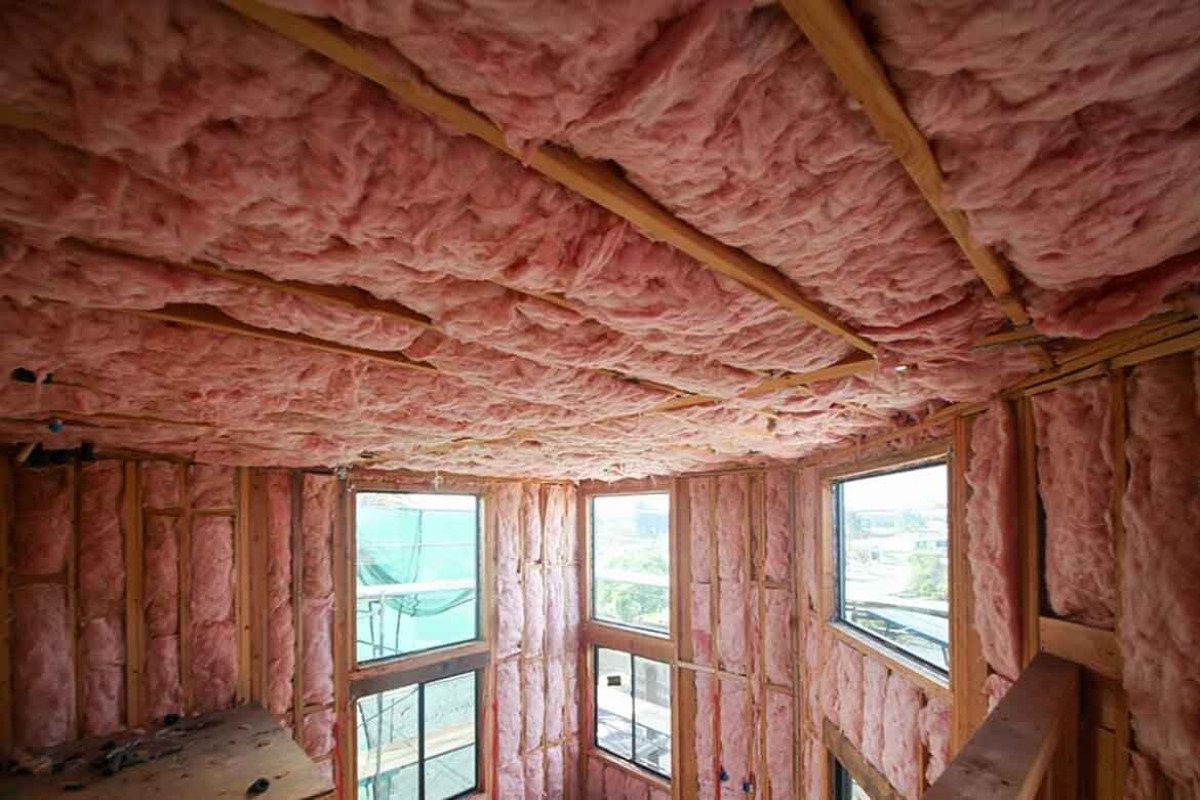
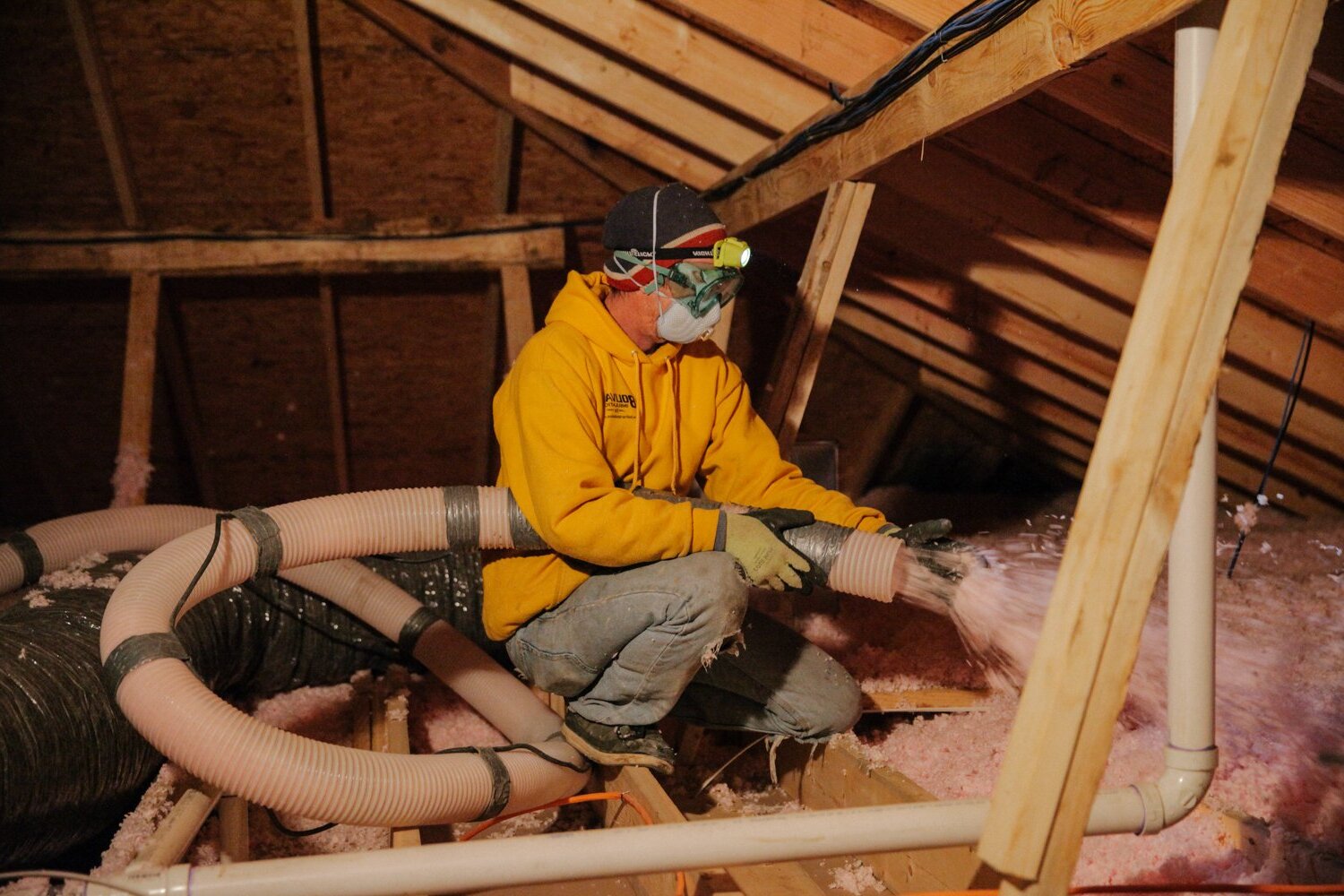
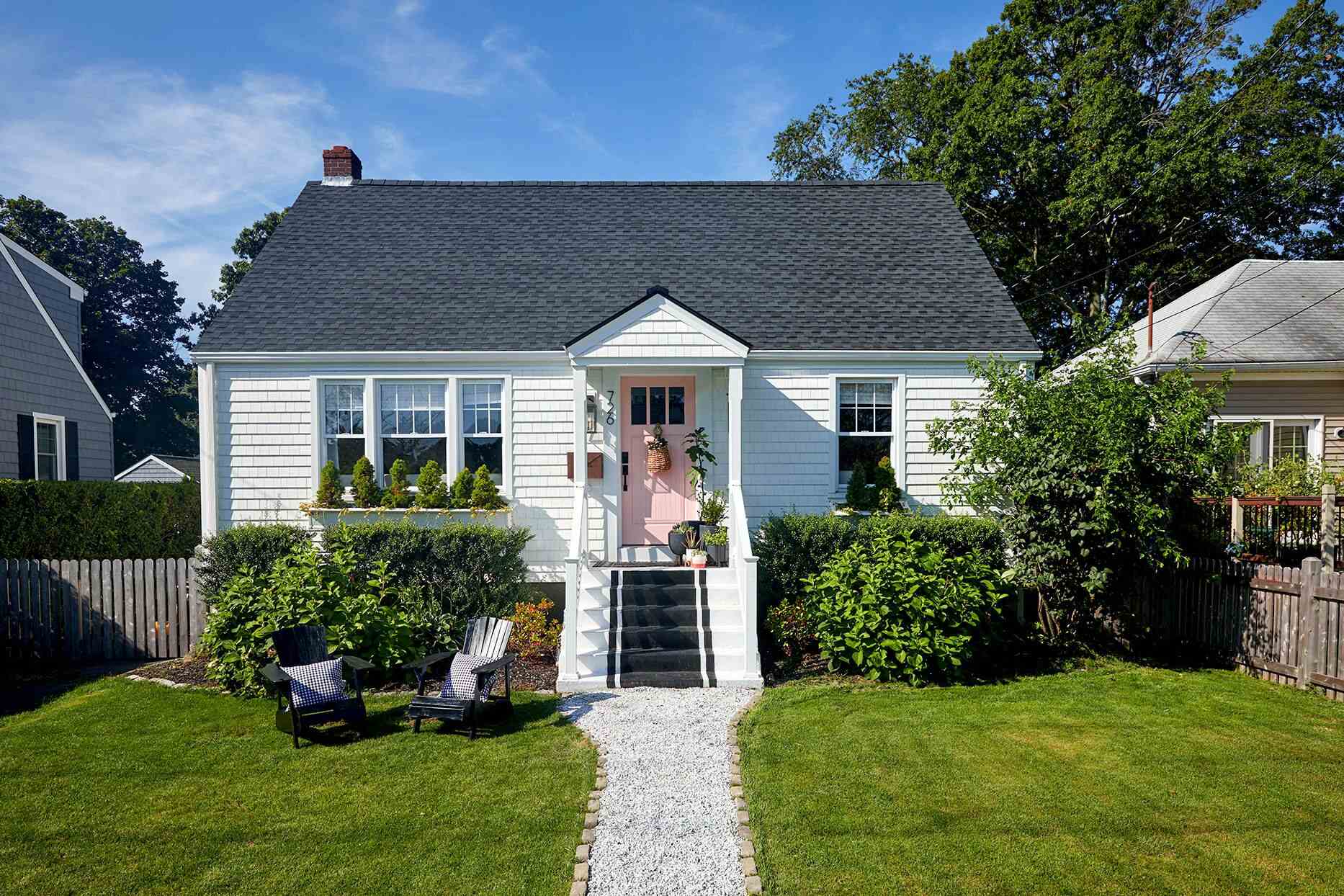
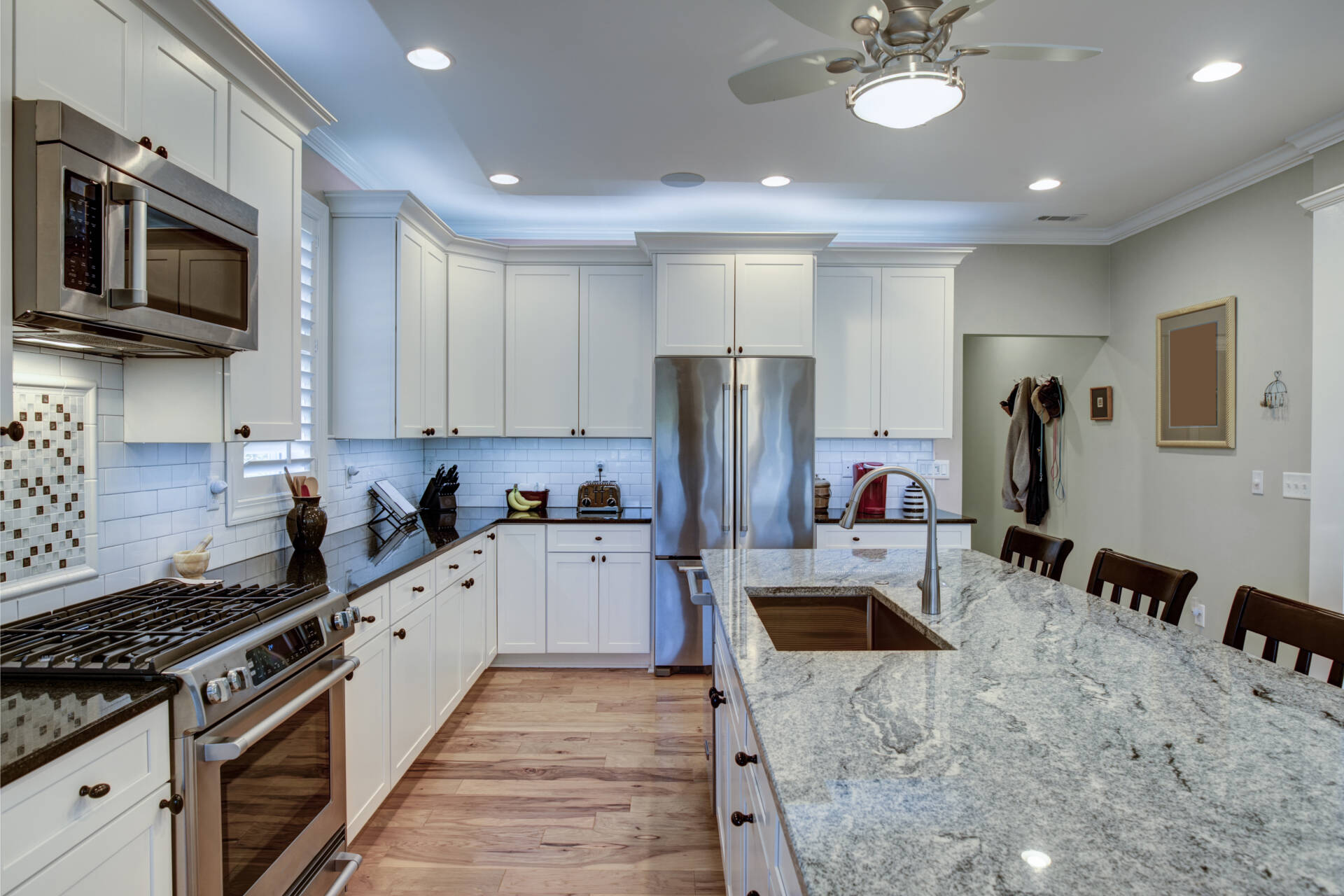



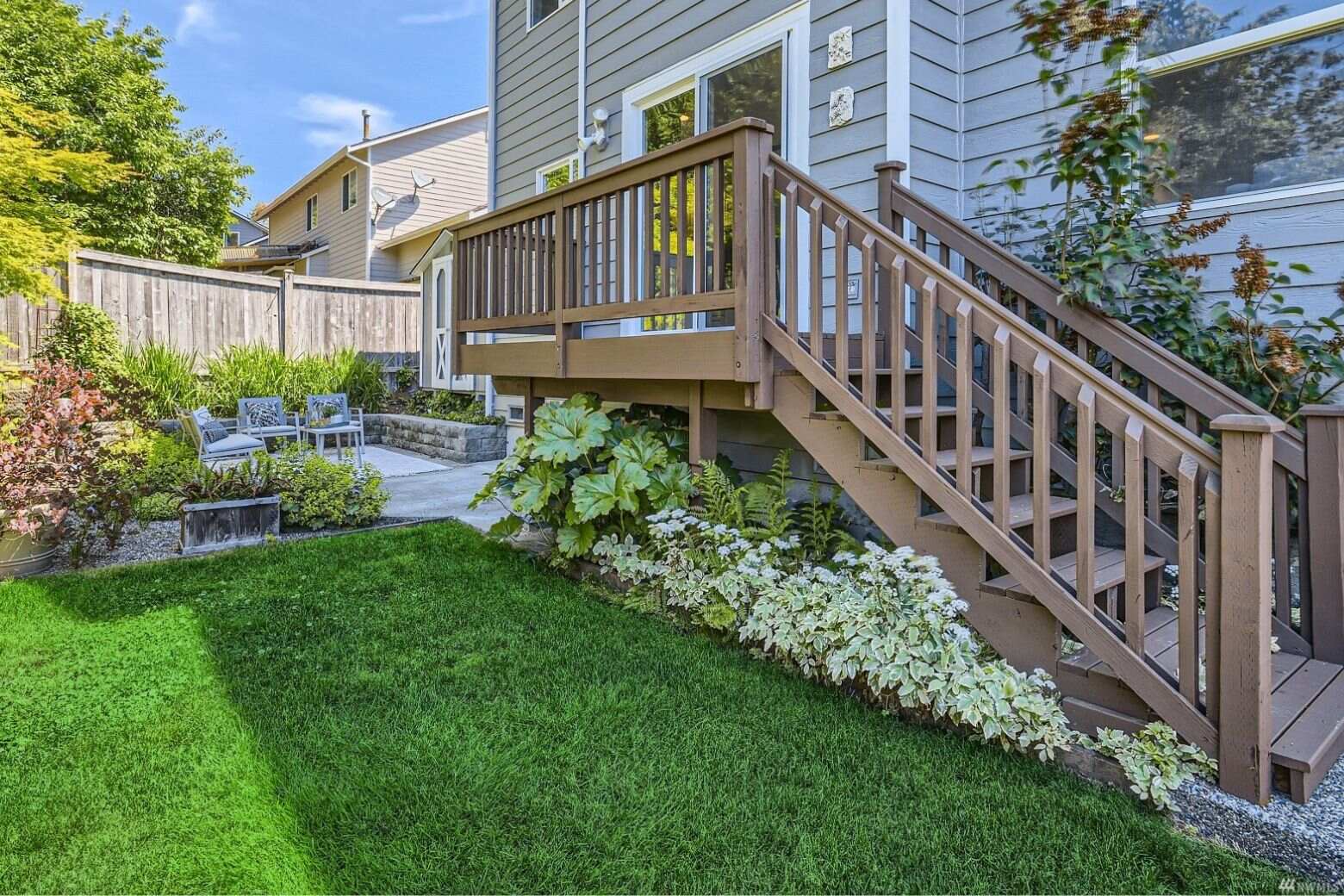
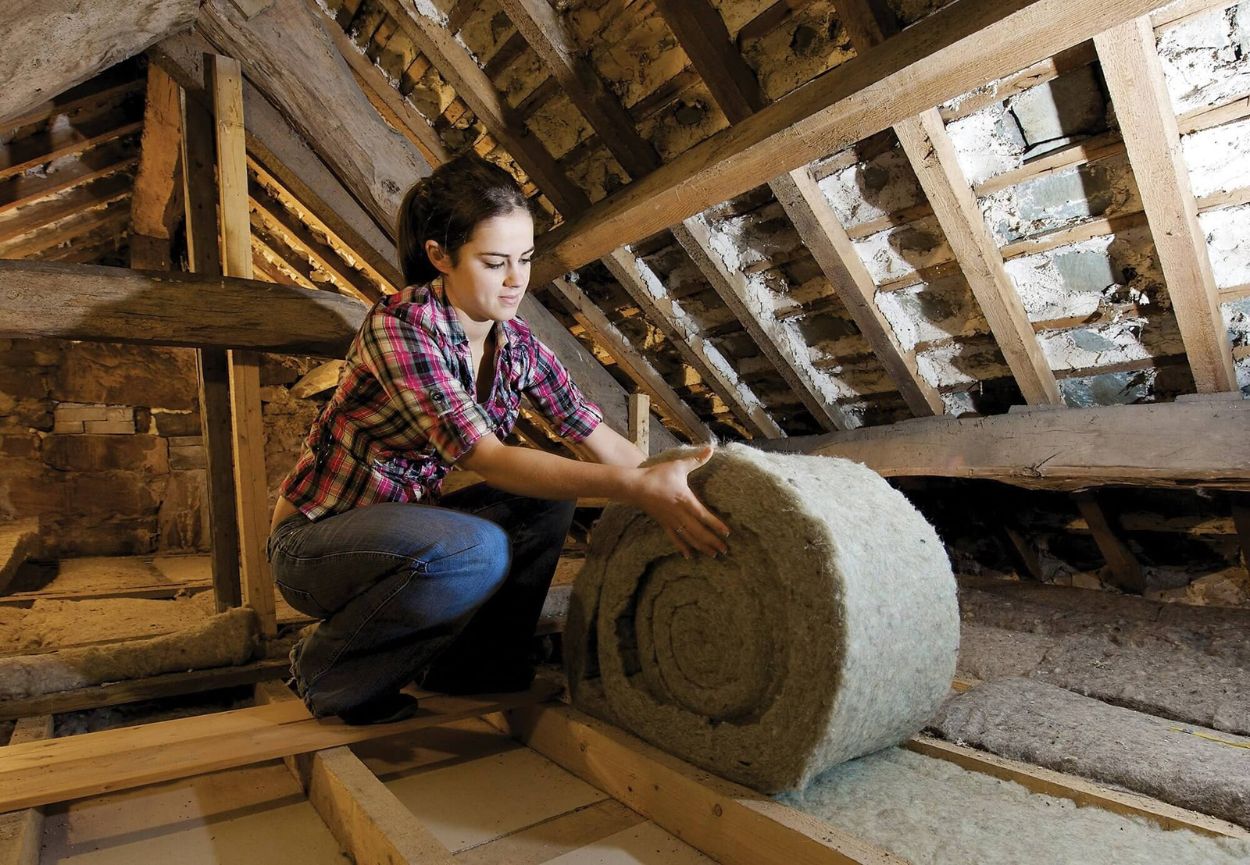
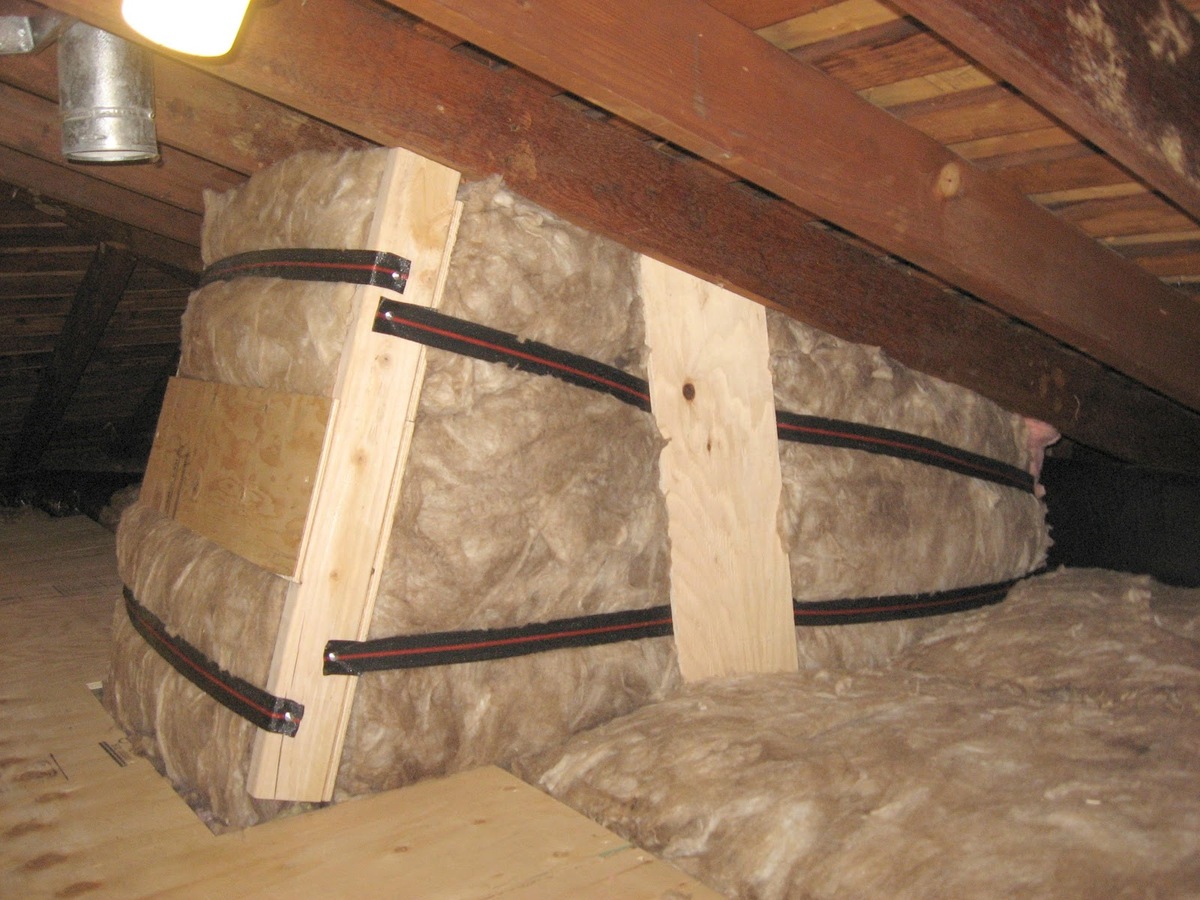
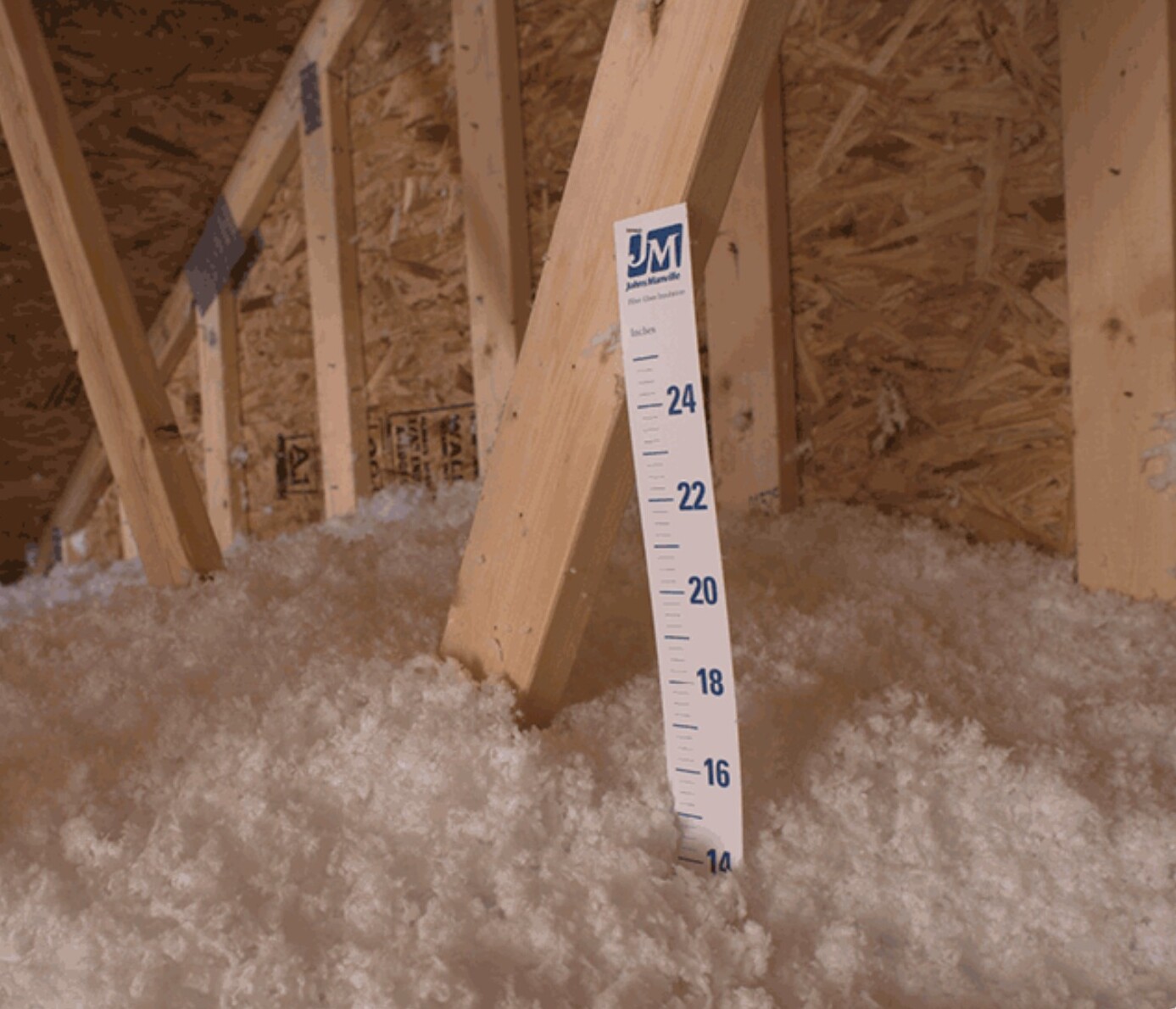
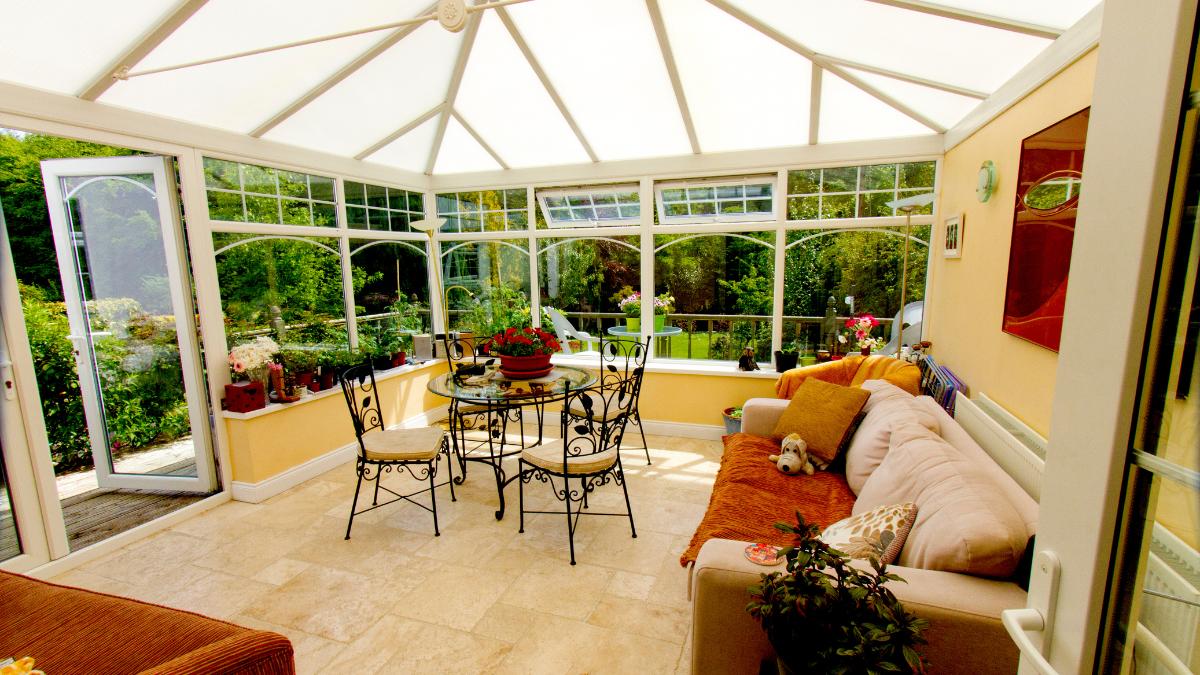
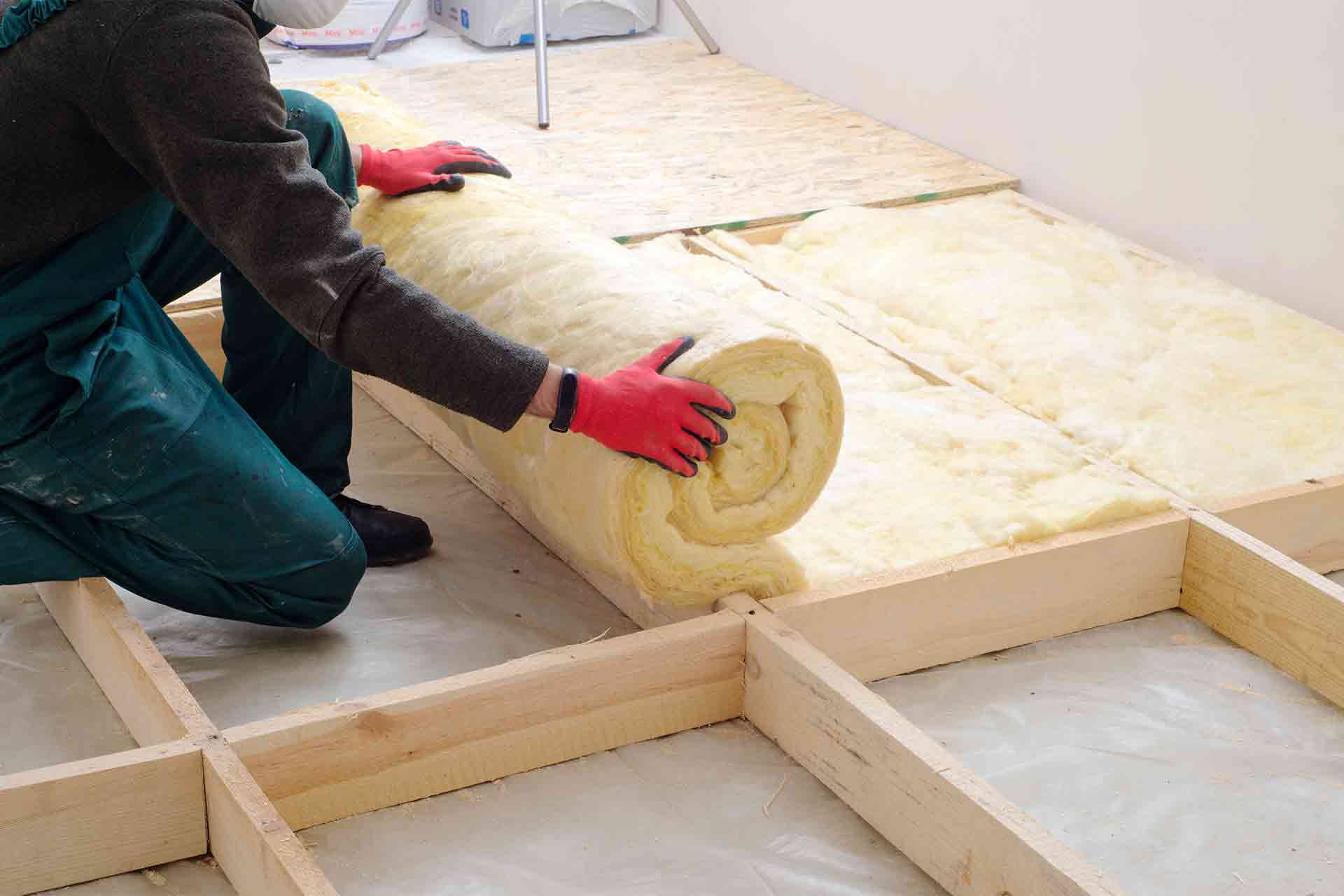

0 thoughts on “How To Improve Insulation In House”